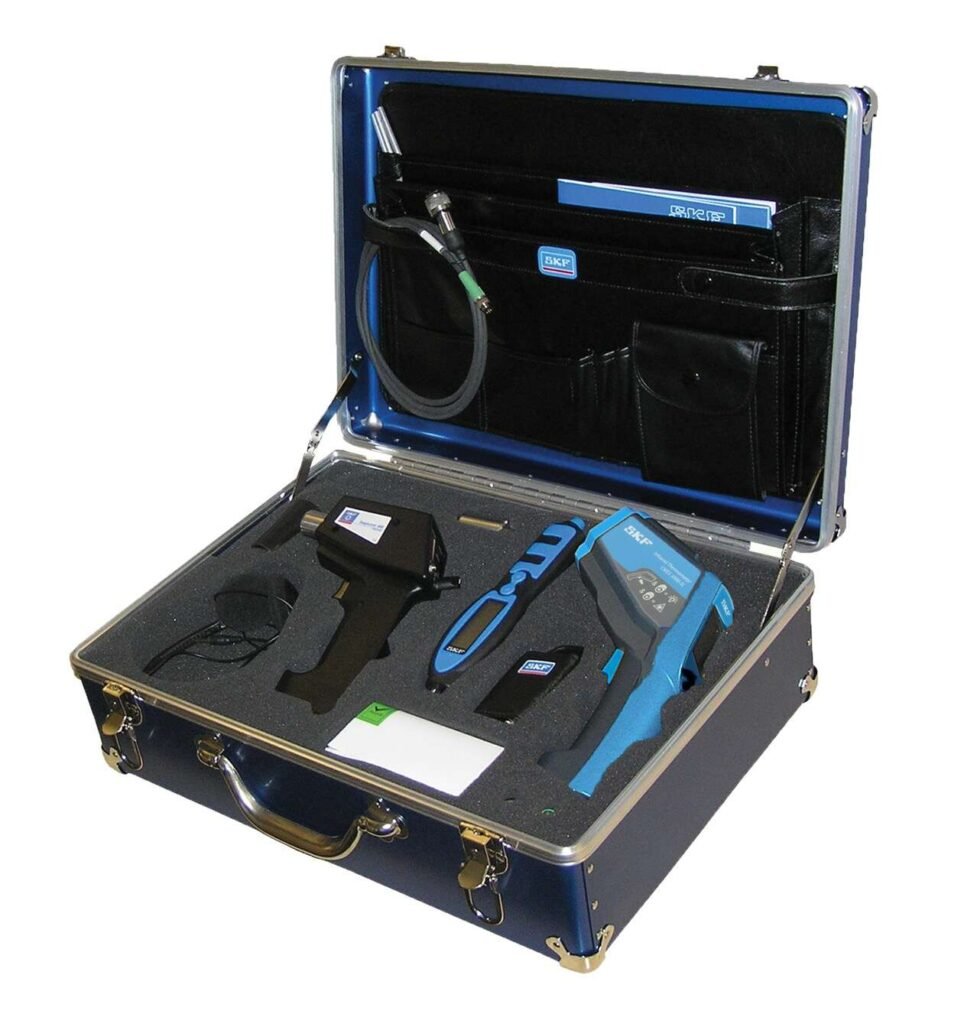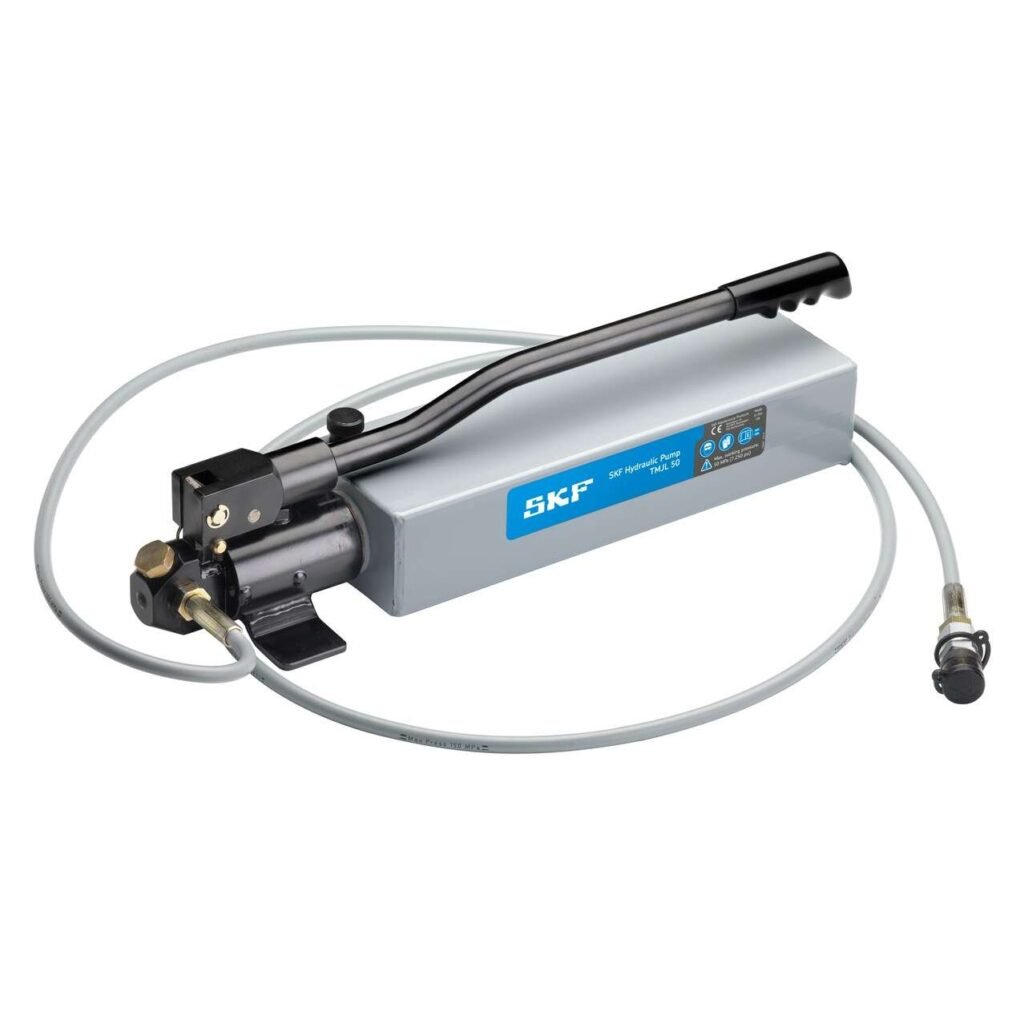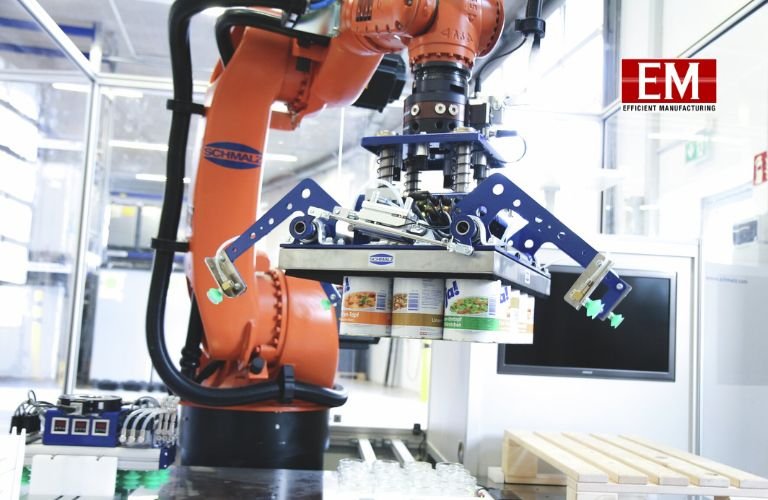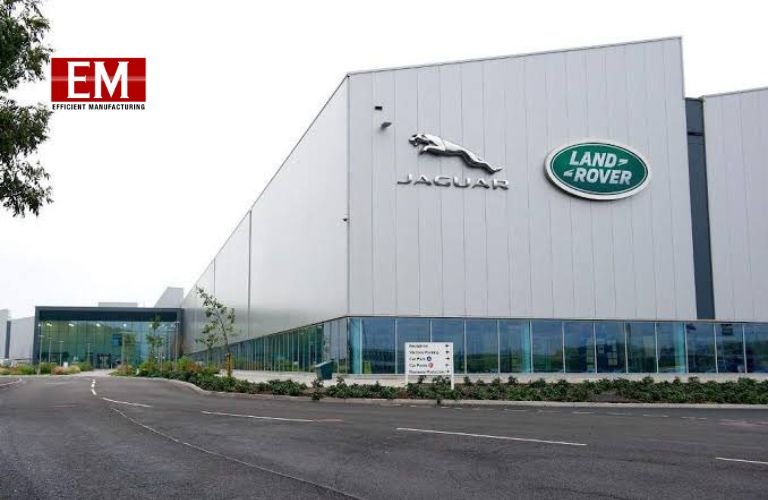| As Industry 4.0 gains further ground in manufacturing across the globe, the machine tool sector will play an important role. With equipment design and manufacturing processes based on a combination of mechanical engineering technologies and digital control technology, the sector is at the forefront of this Industrial Revolution.
Sujeeth Pai
Director, Industrial Market,
SKF India
The machine tool sector is of strategic importance to the manufacturing industry. With a focus on efficiency, the realisation of production potential, and sustainability, the optimisation of overall equipment effectiveness (OEE) has become more important than ever before. Bearings and lubrication solutions play an essential role throughout motion systems, whether in the motor, the encoder, the actuator, or elsewhere.
Bearings provide support and stability while converting sliding friction into rolling friction, allowing the system to position the load with less torque and increased speed. Selection of the right bearing can reduce power consumption, increase system lifetime, and enhance overall system performance. Smart lubrication systems, on the other hand, ensure that machine uptime isn’t a concern by protecting bearings in harsh operating conditions.
Achieving higher efficiency levels
Industry 4.0 is combining pioneering technologies and industrial processes to create intelligent and clean solutions for achieving higher efficiency levels. Companies across sectors are working on their processes to align with the evolving trends, remain profitable, and achieve sustainable growth. The company is leveraging Industry 4.0 and allied digital technologies in line with its initiatives to “digitalise the full value chain” and drive operational efficiencies in its manufacturing operations. The company’s ‘Future Factory’ is bringing in visibility and traceability of materials for better planning and scheduling, generating insights from process data to ensure quality products, thereby, reducing scrap. With a focus on fully digital operations, the company is paving the way for digital monitoring, proactive analysis and action.



General equipment and machinery products are designed and developed using comprehensive mechanics, fluid flow, thermodynamics, electronics, mathematics, and material science. The standard for technical products is regularly examined through various innovations. Product cycles are becoming much shorter, and technology is evolving faster than before. More precise calculation methods, constantly increasing processing power, and improved technological foregrounds such as material technology, stability, and tribology have mobilised reserve capacities. With the machine tool industry fast evolving, efficiency levels will further improve.
Machine tools have an illustrious history in manufacturing industries around the world. Today, machine tools rely on various specialised components that allow them to operate smoothly and efficiently with higher tolerance levels. High-quality precision bearings are essential for the accuracy and reliability of machining equipment, as they are responsible for directing and enhancing spindle movement. With machine uptime a key parameter for business continuity, the emphasis is on optimising overall equipment effectiveness.
Super-precision angular contact ball bearings
SKF angular contact ball bearings in the D-series are designed for applications where a high load carrying capacity and a high degree of stiffness are key operational requirements. They provide greater reliability, superior accuracy, and extended bearing service life for applications such as lathe spindles, grinding and boring machines, and parallel kinematics machines. These bearings are characterised by high load carrying capacity, high speed capability, a higher degree of stiffness, and an extended bearing service life, among others.
Those in the E-series are specially designed to meet the performance requirements of high-speed precision applications. They provide high reliability, superior accuracy, and system rigidity for applications such as high-speed machining centres, milling machines, internal grinding machines, and woodworking machines.
B design bearings are designed for high-speed operation and are best suited for lighter loads and lower operating temperatures. When compared to E and D design bearings, B design bearings are equipped with the maximum number of very small balls. The smaller, lighter balls reduce the centrifugal loads acting on the outer ring raceway and therefore reduce the stresses on the rolling contact surfaces. As smaller balls require less space, the bearing rings have a larger cross-sectional height, making them less susceptible to distortion resulting from irregularities in the bearing seat, either on the shaft or in the housing.
Super-precision angular contact ball bearings: Quieter operations
Designed for high-capacity and high-speed designs for grease-lubricated spindles, this design can be used where more quiet running in machine tool applications is desired. These bearings can offer several advantages, including reduced noise and vibration, easier mounting and reduced installation time, and improved load sharing. Typical applications for such bearings are grease-lubricated spindles for high-speed machining centres (horizontal and vertical), high-speed PCB drilling, high-speed glass grinding, external and surface grinding machines, milling machines, boring machines, tapping machines, and high-performance turning centres.
Super-precision double-row cylindrical bearings
High-precision double-row cylindrical roller bearings are optimised for high-load and high-capacity applications (turning/lathes). These bearings feature a low cross-sectional height, high load-carrying capacity, high rigidity, and high-speed capability. They are particularly well suited for machine tool spindles where the bearing arrangement must accommodate heavy radial loads and high speeds, while providing a high degree of stiffness. These bearings are characterised by high-speed capability, high radial load-carrying capacity, and high rigidity, among others.
Components used in the machinery industry are increasingly designed for continuous loads at the limits of materials and technology. This places extreme demands on lubrication. Challenges can include ingress of cutting fluid, contamination, and humidity from machining, temperature and heat control. The reliability of these components depends on precise, demand-based lubrication. And it’s crucial to make it work. Improper lubrication—too much, too little, the wrong type, or contaminated lubricant—accounts for up to 36 percent of premature bearing failures. And beyond bearings, lubrication contributes to the reliable operation of chains, cutting tools, linear guides, and more. The advantages of using the right lubrication solutions include increased productivity, reduced total cost of ownership, and a safer, healthier, and more environmentally friendly workplace.
Addressing machine failures
In addition to selecting the right bearing and lubrication solution, manufacturers also need to focus on detecting impending machine failures. By monitoring critical equipment in the plant, companies can optimise performance, minimise costly unplanned downtime, and ensure the quality of machined parts. The operating conditions of a spindle unit and other key parts in the cutting environment can be very demanding. Key parameters to keep track of include, e.g., vibrations, speed, temperature, load, humidity, and pressure for cooling water. By measuring and interpreting critical operating data, users can get early signs of bearing failures. Problems can be detected before they impact product quality or cause unplanned downtime. This makes it possible to move from time-based maintenance to condition-based maintenance, for example, connected to a certain vibration level or pattern.
Every bearing has a certain service life potential, so a sound maintenance strategy is equally important to maximise bearing performance and reliability. Research has shown that, for various reasons, not every bearing achieves it. Important stages that have a major impact on a bearing’s service life can be recognised during the bearing’s lifecycle. These stages are mounting, lubrication, alignment, basic condition monitoring, and dismounting. The stages in a bearing life cycle are extremely important for achieving the maximum service life of the bearing. By applying the right maintenance practises and using the correct tools, companies can considerably extend their bearing’s service life and increase plant productivity and efficiency.
Sustainability has also taken centre stage, and manufacturers across sectors must address their impact on the environment. Machine tool industries can play an important role in reducing carbon emissions across the value chain. By using remanufactured industrial bearings, the industry can reduce its overall consumption of natural resources and carbon emissions, thereby transitioning to net-zero growth.












